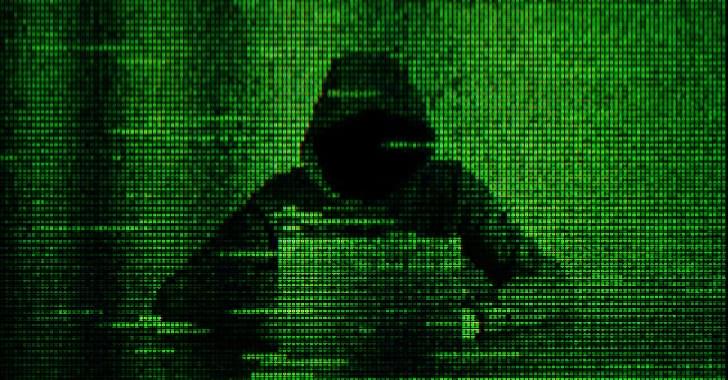Experts do not want to hack it.
Juan Gilbert, a professor of computer science at the University of Florida, has claimed that he has built the ultimate unhackable voting machine that can put concerns to rest over machine-related voting, Undark.
Electronic voting systems have the U.S. divided, with advocates calling them reliable aides to the voting process, helping people with disabilities to vote, and reducing invalid ballots. On the other hand, critics have called for their boycott since they can be hacked and can tilt the vote in favor of a person or party.
Companies engaged in building voting machines, an industry with annual revenues of $300 million, do not help matters as they chose to remain secretive about how their machines work and refuse to talk to researchers or the press, the Undark report said. Under these circumstances, Gilbert’s work is commendable since he has built a system that works using open-source software.






